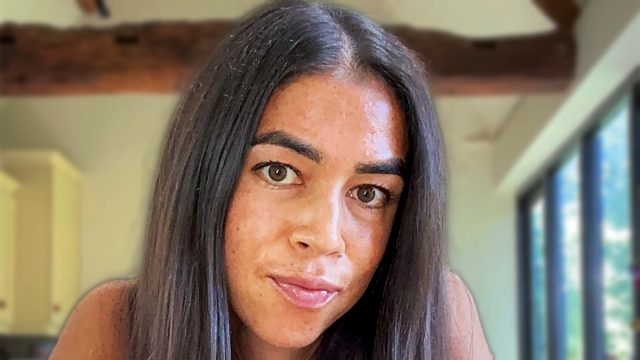Top Nutritionist Says Stop These 7 Macro Mistakes for Weight Loss

Are you trying to lose weight and even counting your macros but still can't seem to achieve any weight loss success? You could be making some pretty monumental mistakes, according to one expert. Antonia Osborne, MSc Distinction, UCL, is a nutrition and lifestyle coach who regularly shares about gut and hormone health. In a new post, she discusses the concept of counting macros, which involves balancing nutrients like carbs, proteins, and fats. "If I wanted to transform my body composition as a woman, I would 100 percent avoid these mistakes with my macros
Not Tailoring Carbs to Fuel Your Workouts
The first mistake you might be making? Not tailoring carbs to fuel your workouts. "Adjust carbs depending on your length & intensity of workout. If you don't dial your intake up as you workout longer & harder, you signal to your body you are under stress," she says.
Using Protein as a Percentage Macros
Are you using protein as a percentage macro? "Your daily protein intake is an absolute amount you need to hit," she says. "Hitting your goal is key for fat loss, muscle gain, strength, weight management & recovery. For active women, it is 1.6-2.4 g/kg per day."
Going Low on Carbs or Fat
The next mistake is going too low on carbs or fat. "They both serve different purposes for hormonal health & balance. Going low carb can elevate cortisol & thyroid levels & then mess up sex hormone levels," she says. "Going low fat means you have no building blocks to make sex hormones."
Following "One-Size-Fits-All" Macro Plans
What works for someone else might not work for you. "Following one-size-fits-all macro plans" is mistake number four. "If you get a plan that gives you splits of macros without being based on you, how will it possibly be right? They need to be based on your individual needs & likely adjusted as you change," she writes.
Skipping Post-Workout Carbs
There is a time and a place for carbs – especially after the gym. "Skipping post-workout carbs" is mistake five. "This is the time your body needs the carbs to signal you're not in low energy, so you don't go into breakdown state & cortisol levels get elevated," she writes. "Carbs (&protein) around your workout allow your body to make changes to its composition from the workout."
RELATED: She Lost 100 Pounds With This 3-Ingredient Breakfast Every Day
Neglecting to Spread Protein Throughout the Day
Mistake six is neglecting to spread protein throughout the day. "As well as making hunger management way easier but it also means you'll be getting regular enough doses of protein to support body composition changes around training. Around 4 doses usually works well for most clients i work with!" she writes.
Getting Obsessive
While you should balance macros, "getting obsessive" about it is mistake seven. "As with anything, losing perspective means you're likely to end up mucking everything. Having an understanding of what you need to be getting on a daily basis, alongside the healthy habits to support that is totally sufficient," she concludes. And if you enjoyed this article, don't miss I'm a Nutritionist and Here Are 25 Weight Loss Truths You Need to Hear.




